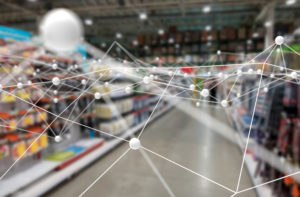With the deprecation of third-party edging ever closer, and other identifiers having already disappeared, marketers are concerned about how the advertising industry will adopt privacy-friendly ID solutions going forward, but optimistic about the future of cookieless solutions, according to research from Mediaocean.
The survey of more than 600 leaders at brands, agencies, media providers, and tech companies found that the majority of marketers are focused on restoring a multi-signal view of digital audiences, and 60% of them are confident in the viability of non-cookie solutions to help to address this challenge.
“2021 was an unpredictable year for marketers, while 2022 has some pent-up demand balanced by economic uncertainty. Our research reflects cautious optimism of industry leaders as they try to adapt to fast-paced technological advances,” said John Nardone, President at Mediaocean. “Our survey found 60% of marketers are confident in the viability of cookieless solutions, which is close to what we saw in Q4 2021. It’s encouraging to see that our respondents maintain a positive outlook moving into the second half of the year.”
26% of marketers believe that measured centred on non-cookie methods – such as media mix modelling, federated learning methods, and panels – will have the most impact in advertising across the remainder of this year. Meanwhile, 22% feel that improvements in integrated media planning and execution will prove to be most effective.
On the other hand, 24% of marketers are concerned about the decline in the ability to measure effectiveness on tech platforms and the open web, with 16% remaining concerned about a lack of preparedness for a cookieless future.
The research also found that 72% of marketers are planning to grow their social budgets this year, seeing opportunities to improve execution through better creative and production tools, resolution of social identity across platforms, and better ad performance. Meanwhile, 70% of advertisers are increasing their budgets in display and video, and 60% are doing the same for connected TV.









